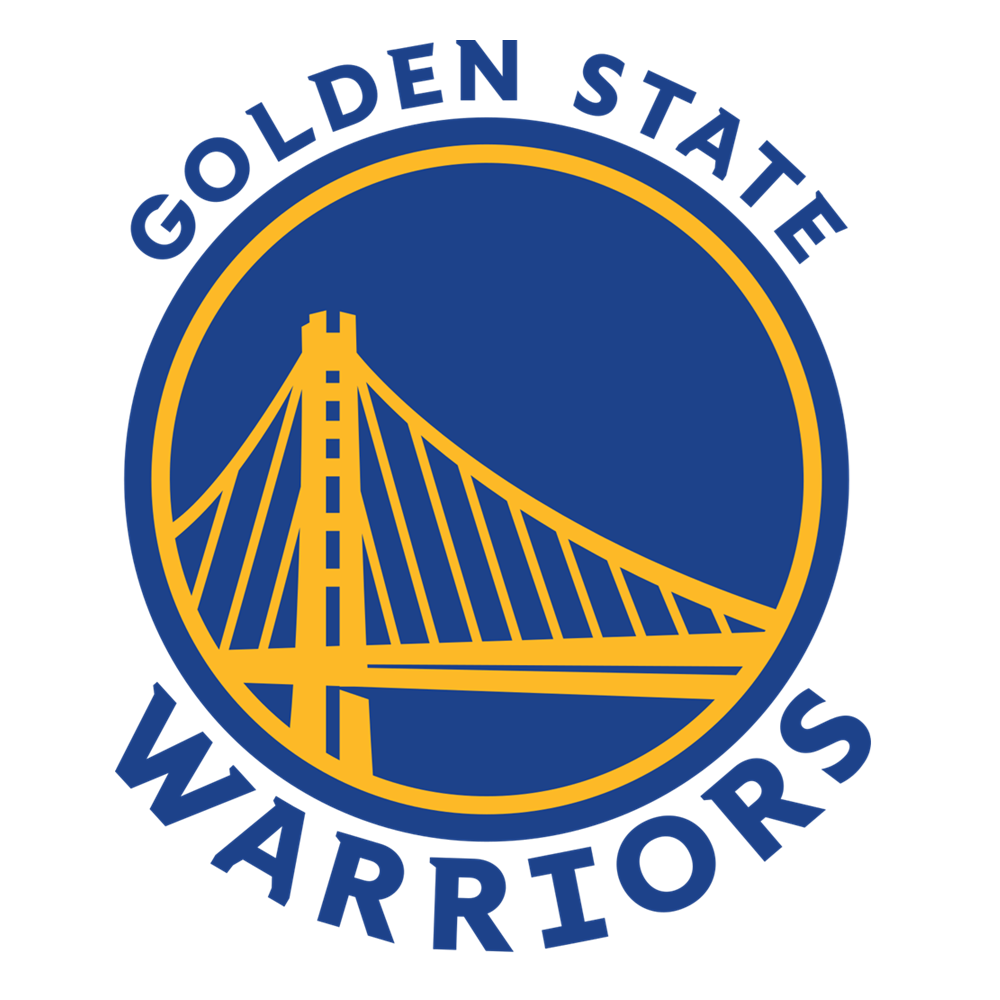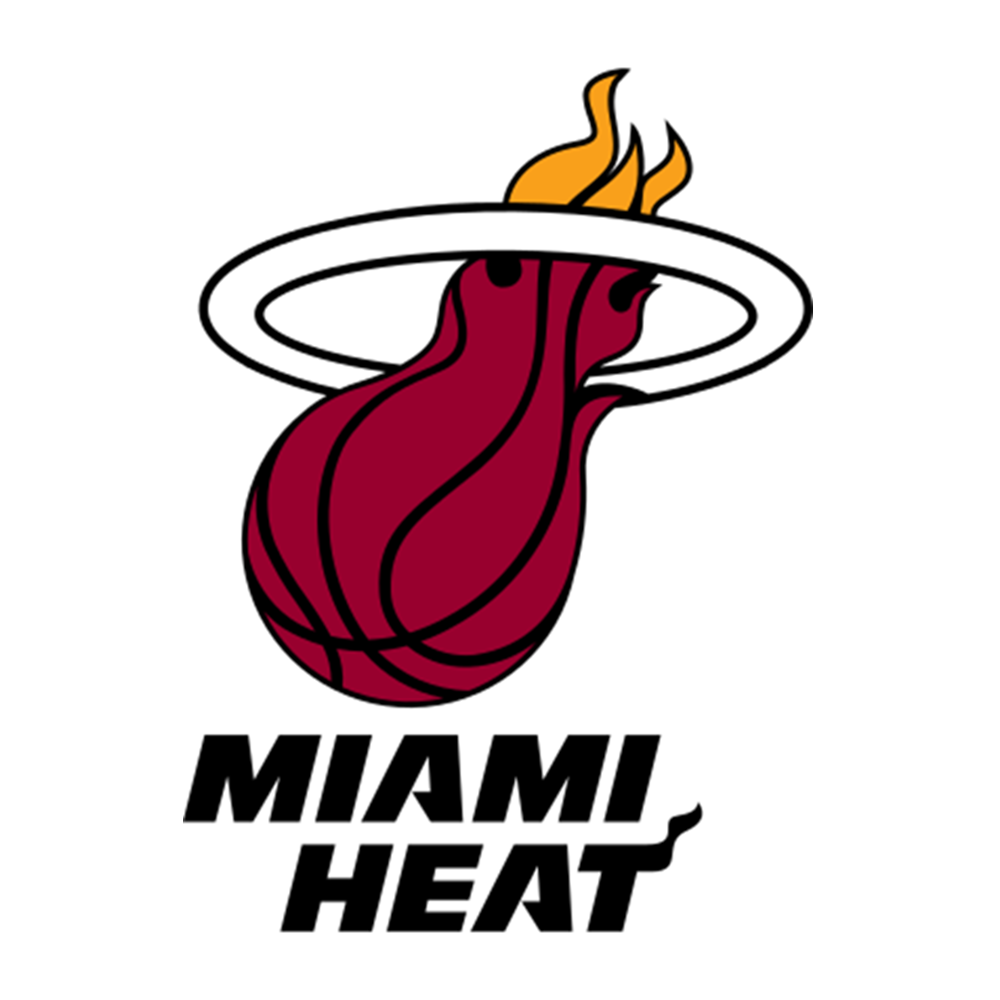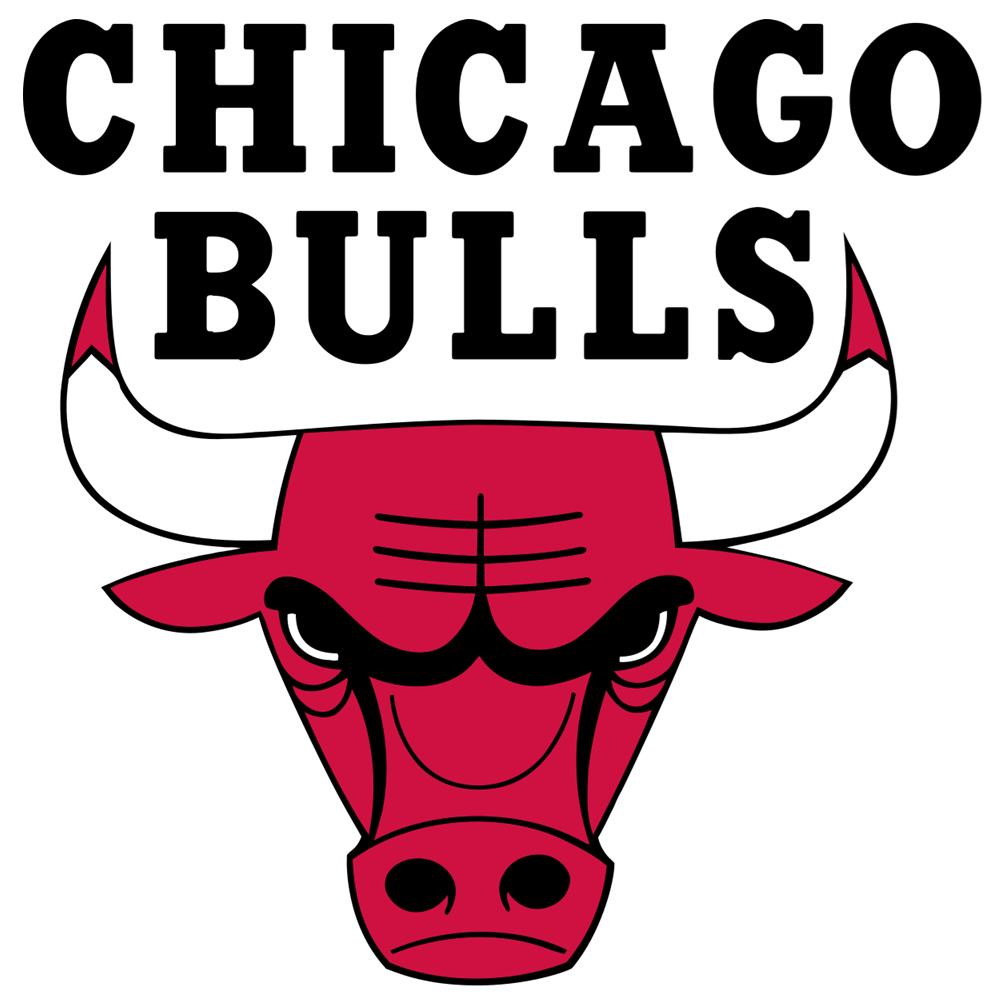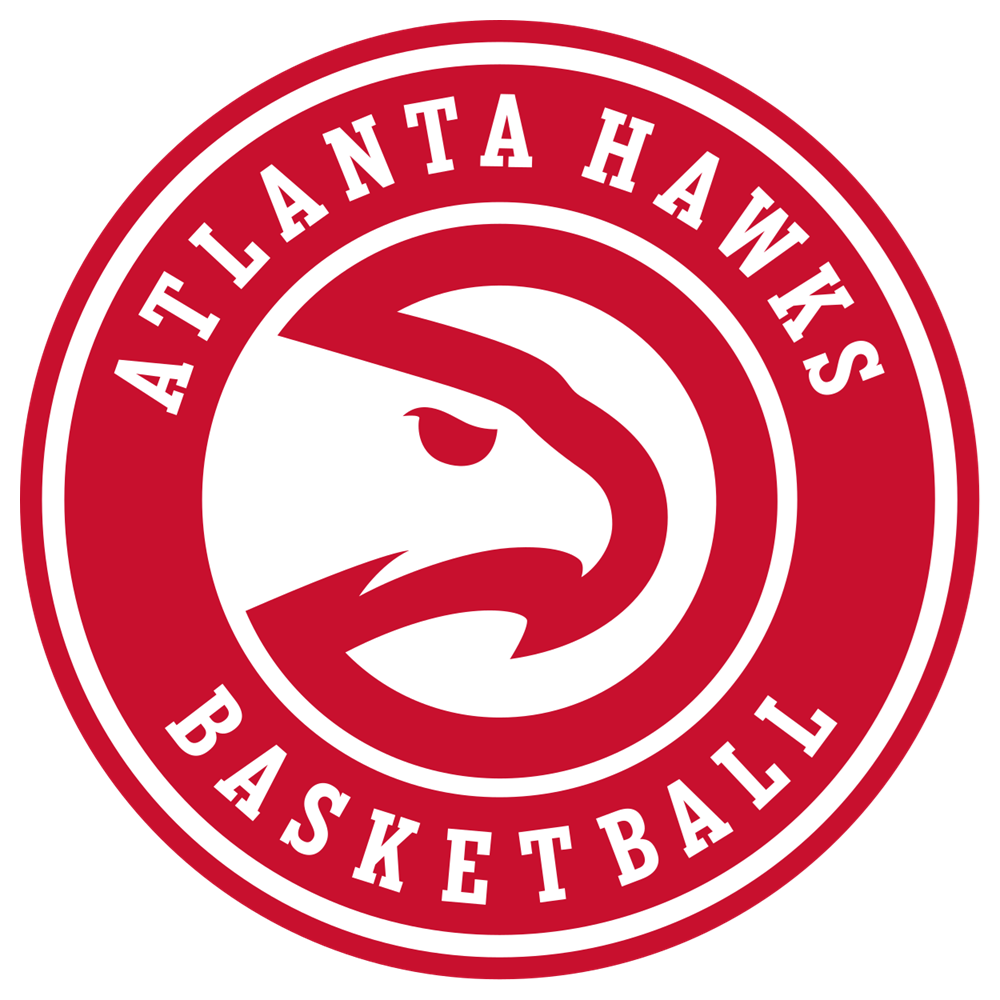Not a single NBA player has ever received as many All-Star votes as Dwight Howard did in 2009.
The number was 3.1 million during a season in which he led the Orlando Magic almost single-handedly to the Finals. All-Star ballots are the numeric version of popularity contests, and Howard was at the top. He racked up enough points, rebounds and blocks during his eight years in Florida to cement himself atop the franchise hill in all three categories, with a trio of Defensive Player of the Year awards to complement it.
The eight-time All-Star is about to put a cap on his fourteenth season in the league. Those who once voted for him ferociously may reel off the numbers above and still wonder how to correctly judge Howard’s success, which has fluctuated after a superstar start to a solemn middle and now a mini-rise with the Charlotte Hornets.
Howard's name reverberated again last week, after he recorded 32 points and 30 rebounds against the Brooklyn Nets, the second player since 1982 to join the ’30-30 club’. If those curious dug a little deeper, they would learn that Howard is the active leader in the NBA with 713 career double-doubles and 13,015 total rebounds. Yet fourteen years in, his reputation and legacy are not so clear-cut.
Do his performances of late remind us of how good Howard is, or what could have been?
Visions of Howard dunking as Superman still reverberate in basketball circles. Howard adorned the hero's cape for one of his efforts at the 2008 Slam Dunk Contest, a competition he won. The joy and playfulness he showed off as he literally threw the ball into the basket from above the rim shone only positive light on his game. Oh, how that has changed over time.
This was ten years ago, when Howard had more endorsement deals than LeBron James. The majority of team officials would have placed him just behind the kid from Akron when it came to starting a team from scratch, and their choice would have been initially vindicated, for a year later, the Magic were playing the L.A. Lakers in the Finals. Howard led the league in rebounds, blocks and endorsement deals, establishing himself as the best and most commanding defender in the association and a highly efficient scorer to boot.
The Atlanta native - whose rookie season is still the only one in which he shot above 60% from the free throw line - bolstered his scoring average in each of his first four seasons with Orlando, improving from 12.0 to 20.7 points per game. He was a simple yet imposing threat who lacked an array of offensive skills, yet who dunked the ball an incredible 1,087 times over that span, hook shots and layups preferred over jumpers. Many thought Howard would, with the addition of some post moves and more agility around the court, become unstoppable.
Yet as this was happening, the league gradually changed the way it defined ‘big men’. It is not totally obvious when the NBA gripped the gears and shifted from second to fifth, but it had released the handbrake on pace-and-space during the mid-2000s with the ‘seven seconds or less’ Phoenix Suns teams. With the rise of pace-and-space, traditional post play was largely on the way out.
Quietly, though, Howard has also slowly evolved over time, the crescendo most obvious with the Charlotte Hornets this season.
Howard is shooting 24-of-72 between 16 feet and the three-point line in 2017-18, by far the most makes and attempts within that range in any season of his career. Ten years ago, Howard put up only nine such shots, making four of them. He now demands the ball a step inside the arc, doing his best Carmelo Anthony rip-though impression as he dribbles baseline to the basket. Also developing around the rim, Hornets colour commentator Dell Curry has gotten used to saying ‘there’s that Howard southpaw again’, a sign of his effort to work on his off-hand in the post.
A workout video of Howard and Hakeem Olajuwon has been viewed over a million times on YouTube, and, eight years on, portions of it are available in real time. Howard is using his dribble to get somewhere, taking mid-range bank shots and faking out his defender off the ball to receive a healthy dose of alley-oops. He will often pull down a defensive rebound and look up to find Kemba Walker and Michael Kidd-Gilchrist already storming up the channels, expecting their big to bring the ball up, which he does. He is doing things faster, affording perimeter players a better window to get their jumper off.
Most importantly, Howard is trying things, the best sign yet that he is engaged and motivated. He is a little careless, passing out of double teams and now and again attempting one-handed bullet passes cross court to corner shooters, but he is increasingly comfortable with playing this more diverse game.
That game however still has significant limitations. 24-72 mid-range shooting is good for Howard, but not good overall, and he remains a somewhat limited post player in a time when such players are no longer as highly regarded. At an age - 32 - where most players not called LeBron James are coming to the end of their primes, Howard has, despite these improvements, stagnated in the pace and space era.
To explore that trend, and of what Howard might have been, you needn’t look further than one of his former teams, the Houston Rockets.
Rockets General Manager Daryl Morey was all in as he teamed James Harden with Howard in 2013, but the plan didn’t exactly work. One Conference Finals run was sandwiched between two first round playoff exits and Howard couldn’t elevate the Rockets to the level they have since reached without him.
A big part of that new level has been the success of his successor, Clint Capela, who has worked to fit in with the star backcourt around him. Capela can catch a lob pass from anywhere, a must given that Harden often flings it up from near halfcourt. Despite his relative rawness at 23, Capela is comfortable setting screens for the MVP favourite in a variety of ways, and is able to roll smartly and physically to the basket. That understanding with his lead guard when deciding through eye contact or straight feel whether to screen from the right or the left, or switch halfway and abort the pick in an instant, is integral to the Rockets’ offence. It is what NBA teams demand today.
Capela handles the ball well in traffic, whereas Howard continues to have the annoying habit of bringing the ball down after offensive rebounds or high catches. Capela also gives Harden more freedom to attack from different angles and, aside from his defensive presence, has a deeper argument for staying on the floor in crucial moments. Conversely, Howard, coming from the opposite spectrum, has never been able to fit into an offence that requires him to do other things besides heading to the post if it wishes to become the best version of itself. His point guards over the years have stretched from Jameer Nelson to Steve Nash, James Harden to Kemba Walker, but the impact hasn’t been lasting enough.
Why?
A certain element of ‘initiation’ is needed before any team can find success, but for Howard it seems not enough to be part of a team with a common goal. His style suits a squad comfortable with feeding him the ball regularly, making him the focal point of an offence when he is on the floor.
Given that the Hornets are ninth in pace, they are not exactly being held up by their big man, but Howard’s style prevents them from breaking that ceiling. The Golden State Warriors’ best lineup is without a traditional center, while the Cleveland Cavaliers are at their most dangerous with Kevin Love in Howard’s spot with four shooters surrounding him. The Philadelphia 76ers have Joel Embiid shooting from beyond the arc, while Steven Adams of the Oklahoma City Thunder is perhaps the best role model for Howard. The New Zealander has, alongside Russell Westbrook, formed one of the better duos across the NBA. He is very subtle tracking Westbrook’s drives, a dutiful teammate who will catch almost anything the diving guard throws at him. Because he cannot really shoot traditionally, Adams has mastered a flip shot that he now takes from beyond the restricted area, once again aiding the common goal.
Whereas Adams can slash to the basket and plough through a lane of defenders like he’s working in a field, Howard’s flirtation with new post moves and creative passing is initiated from his own comforts in the low post, not in the flow of a ‘death lineup’ offence. With his physical profile, he could do what Adams. But he doesn't.
The gut punch might be his 186,844 All Star votes this season - over 30,000 less than Andre Drummond - a player who, in the same position and scenario as Howard until last year, has reinvented his game and trusted himself to be at the centre of actions with Blake Griffin and company. Howard has not done this, and his star is dying out.
Howard has never embraced this side of the sport. He strikes you as someone who wants to be the main component, which in the current context is when Kemba Walker isn’t busy being the best player on the team. Why can’t Howard impact an offence as a roll man, particularly alongside someone as creative as Walker, who just became the Hornets’ all-time leading scorer? For a player with such broad shoulders and brute physical strength, he certainly has the tools to do it, but he needs to try first.
Howard has reportedly worked on his footwork and agility, focusing more on quickness and speed of movement over pure weight work. This should have been with a view to modernising his game. He is never going to be a three-point shooter in the way that Anthony Davis or Karl-Anthony Towns are, and his career number from the line is 56%. He can, however, make himself a better floor spacer, a roller with Swiss army knife potential and a committed screener, something he mostly does with half-heartedness.
Howard’s very being has contradicted itself step by step. He stands at 6 ft 11 in, weighs 265 pounds and twice surpassed 220 blocks in a season. He’s also a man who former teammate Kobe Bryant called ‘soft’ once he’d left the Los Angeles Lakers for the Rockets, and when disengaged can often look a lost soul, jogging mindlessly back on defence or laughing off a personal error.
As Bryant’s comments show, Howard’s attitude has often rubbed a lot of people the wrong way. In 2011 Kevin Durant called him a ‘pu***’, perhaps the players’ way of giving their opinion on how Howard never fully utilised his physical prowess, never committed to being ‘one of the guys’ when it came to playing modern basketball.
The question lingers: Does Howard regret never blossoming into a stretchier version of himself?
In a recent Hornets victory over the Dallas Mavericks, Dell Curry said something that hasn’t been said a whole lot since Howard departed Orlando. “Play through Dwight Howard and you’ll get open shots.”
It was a fair reflection of Howard’s performance, most notably when he took two high dribbles to evade a double team before bouncing a one-handed pass back to Walker for an open three. Some time later, he picked up his twentieth board of the game, which coincidentally was also his 900th of the year, surpassing Larry Johnson for the franchise record. It was the seventh instance in which Howard had recorded at least 20 rebounds this season, yet another Hornets first, while his 47 double-doubles this year are fourth in franchise history.
The numbers have always been there; Howard is that rare breed comprised of stat machine and anomaly. He has played 82 games five times, and more than 70 games twelve times. He has just surpassed 13,000 career rebounds and is within touching distance of 18,000 points. He also has over 2,000 blocks, three Defensive Player of the Year awards and eight All-Star appearances. Basketball Reference gives him a 99.3% chance of making the Hall of Fame, sixth highest among active players and above Stephen Curry, Russell Westbrook and James Harden.
When creating history, though, the latter three always have an audience. Only 10,000 fans were able to navigate the snow storms in Brooklyn to witness Howard’s 32 and 30, and that might be a lesson in a wider conversation about him. A new generation of NBA fans simply haven’t seen him, and when they do they see a throwback to the old days. Youngsters take the sides of their favourite stars and some of those names have dissed Howard.
That, now, is a large part of his legacy.
The game has changed since 2004 and, in subtle ways, so has Dwight Howard. For that, he deserves credit. But while some would argue the style of basketball today simply doesn’t suit him, it’s clear he didn’t embrace it enough.
The three-pointer has replaced the dunk as basketball’s ‘wow’ play and Superman got mixed up in all of it, choosing mostly to keep his head down and play the way he knows best. Yet in doing so, he has watched the game pass him by, and blown his best opportunity to win NBA titles has been taken away from him. And for that, he deserves criticism.
Dwight Howard could have everything Clint Capela currently has, but he chose a path that sees him put up bigger stat-lines in half-empty arenas for Charlotte instead. Howard is good, and has always been good, but he could have been better. And his mini-resurgence contrasted with Capela's role in the Rockets' dominance serve only to reinforce that.









